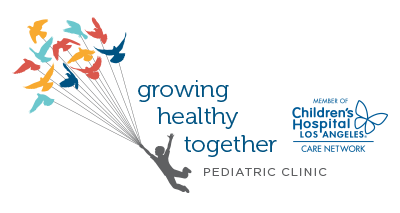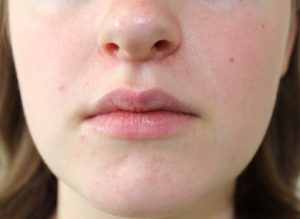 Hypospadias is a congenital penis defect diagnosed in an estimated 1 in 200 babies. This condition occurs when the urethra forms abnormally, causing the opening to develop anywhere from the end of the penis to the scrotum, with varying severity.
Hypospadias is a congenital penis defect diagnosed in an estimated 1 in 200 babies. This condition occurs when the urethra forms abnormally, causing the opening to develop anywhere from the end of the penis to the scrotum, with varying severity.
Though researchers are not sure what causes hypospadias, some things can increase the chance of this defect. Obese mothers 35 years or older have a higher chance of having a baby with this birth defect. Also, women using assistive reproductive tech and women taking hormones just before or during pregnancy have a higher chance of having a baby with this defect.
Problems associated with hypospadias
- Curved penis
- Spraying of Urine
- Sitting While Urinating
- A testicle that does not descend into the scrotum
Treatment
Surgery is often required to correct hypospadias in infants between the ages of 6 and 18 months. Surgery can repair hypospadias in older individuals as well. The surgery will consist of correcting the placement of the opening of the urethra, correct the curvature of the penis, and repair skin around the urethra opening. Babies with hypospadias should not be circumcised due to the need for excess skin to use during surgery.
If left untreated, hypospadias may cause sexual issues as they develop. Hypospadias can also cause your older child to have problems having erections. They can also cause defects that may be embarrassing to the child and future adult. Also, your child may need to sit to urinate.
At-Home Care
- Keep the area clean
- Follow surgeon’s directions for cleaning and wound care post-surgery
- If your child is prescribed antibiotics, give them the full course. Do not stop antibiotics before they’re finished, as it could result in antibiotic-resistant species.
- Look out for any signs of infection or complications. Bruising and swelling are normal.
For questions or comments, please respond to this page or contact us.




